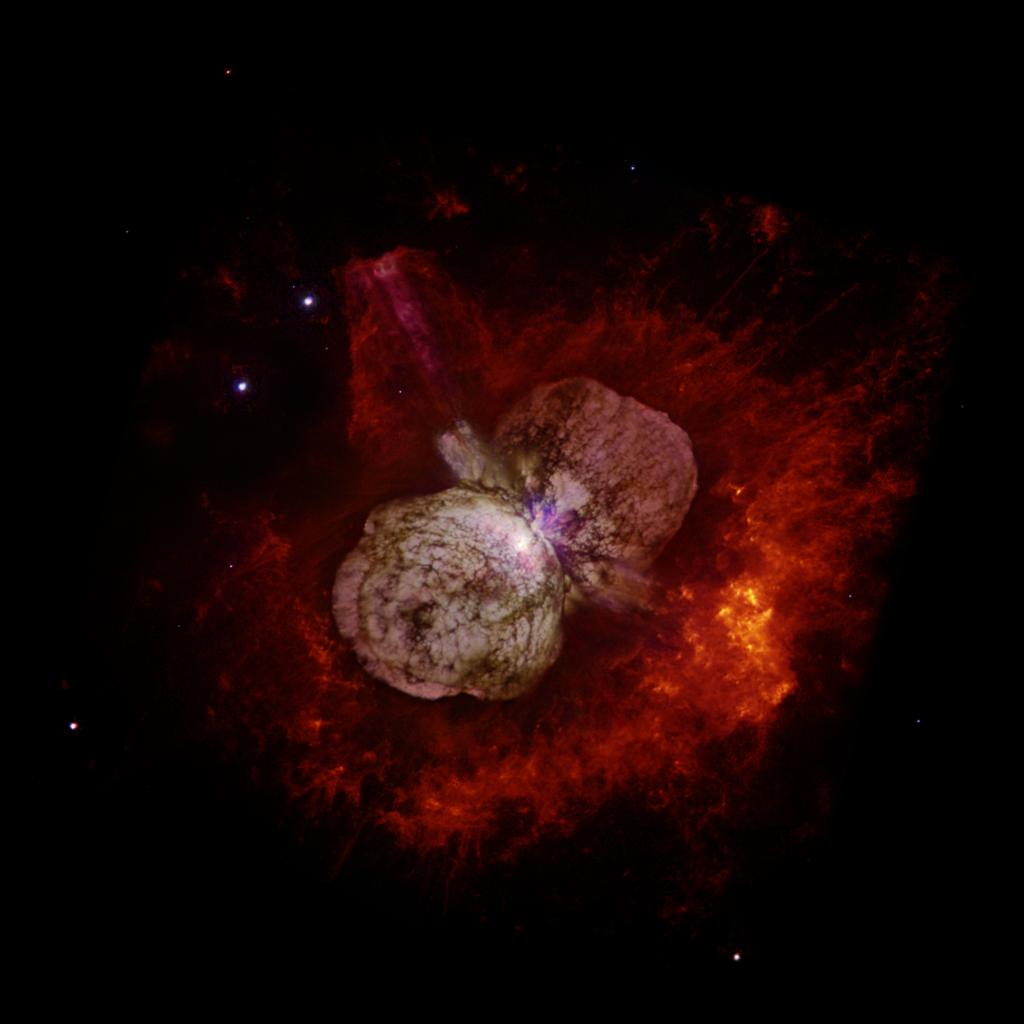 |
| A massive stellar system, Eta Carinae |
Ancient intuition assumed an inherent and organic unity to the cosmos and existence. However, scientific studies show our world as mechanical and profoundly disconnected. Eva Deli’s book, The Science of Consciousness, details a hypothesis that connects all parts of existence into a coherent, fractal universe: particles of matter, the mind, and the whole cosmos fit together like Russian dolls. Supporting ancient religions and ancient traditions, the psyche evolves and operates as a symmetric system to the physical world, with qualities of both. For example, the mind is governed by physical laws.
Although the mind occupies a place halfway between matter particles and the universe based on size, the degrees of freedom increase from deterministic matter to the mind and the universe. The universe is gentle, pervasive, infinite, and eternal. For this reason, in many ancient traditions, the cosmos is called God. To understand particles is to understand the mind, and it is to understand the cosmos.
Emotions are finite (have an expiration) and trigger actions. A cynic and a negative person are controlled by the environment through emotions. Only the positive attitude mind has free will. However, a person with a positive attitude has no incentive or motivation to change. The hypothesis verifies the self-defeating consequences of negative emotions. Read the details of the hypothesis. You can find my scientific summary on Academia: "Consciousness, a Cosmic Phenomenon."
Wow. INTERESTED.
ReplyDelete